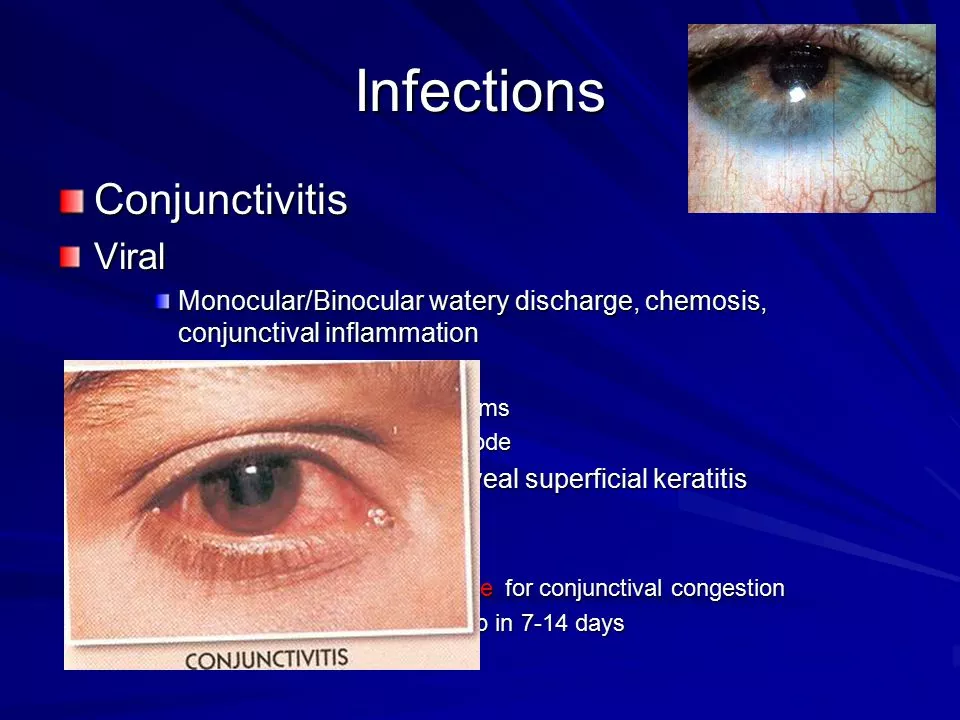Post-Operative Ocular Infections: Spot Them Early and Act Fast
Surgery on or near the eye usually goes well, but a small number of people develop an infection afterward. The single best thing you can do is recognize the warning signs early and contact your surgeon. Quick action can save vision.
What to watch for — clear warning signs
Not every red eye after surgery is an emergency. Still, call your surgeon right away if you notice any of these:
- Sudden drop in vision or blurred vision that gets worse fast.
- Moderate to severe eye pain (a little irritation is normal; sharp or deep pain is not).
- Increasing redness around the eye that spreads.
- Thick discharge or pus from the eye.
- Light sensitivity, swelling of the eyelids, or fever.
If symptoms show up within 24–72 hours after surgery and progress quickly, suspect an acute infection like endophthalmitis. Delayed infections can appear weeks later and may start more quietly — still get them checked.
What to do right away
First, don’t panic. Do this instead:
- Call your surgeon or clinic immediately. If it’s after hours, use the emergency contact number. Tell them when you had surgery, what symptoms you have, and how fast they started.
- Keep your eye covered with a clean shield or patch if advised; avoid touching or rubbing the eye.
- Bring your eye drops and any medications to the appointment. If you’re wearing an eye patch, keep it until you see the doctor unless instructed otherwise.
- Don’t self-prescribe or delay care. Over-the-counter drops won’t treat an internal infection and could make things worse.
At the clinic they’ll usually examine the eye, measure vision, and may take an eye sample for culture. Treatments vary: topical antibiotics for surface infections, and for suspected internal infections they may give intravitreal antibiotics (injections into the eye), and sometimes systemic antibiotics or steroids under close supervision.
Prevention matters. Before surgery, confirm your surgeon uses povidone-iodine eye prep and sterile technique. After surgery, follow these straightforward steps:
- Use prescribed eye drops exactly as directed.
- Avoid touching the eye; wash hands before handling drops or shields.
- Skip swimming and dusty environments until cleared.
- Attend all follow-up visits — many infections are caught at routine checks.
- If you have diabetes or immune issues, keep conditions controlled and tell your surgeon.
If you’re unsure whether symptoms are serious, call. It’s better to get checked and be reassured than to wait and risk losing vision. Quick calls and timely treatment make the difference.










